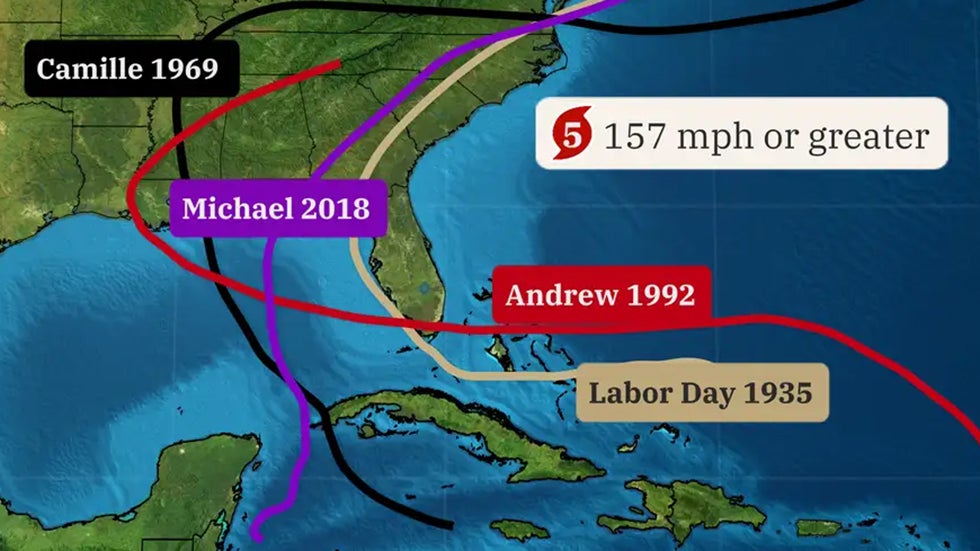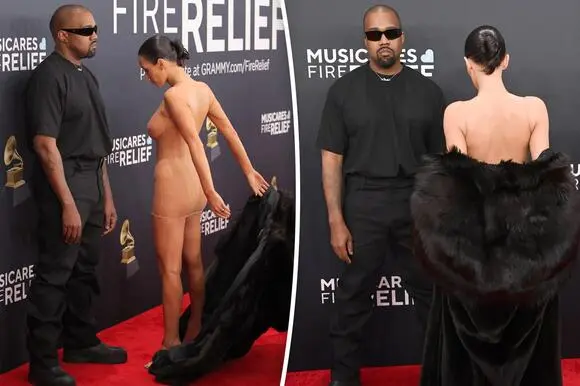
Understanding the Dangers of Category 6 Hurricanes
is there a category 6 hurricane? Milton's race from a Class 2 to a Classification 5 typhoon in only a couple of hours has left individuals contemplating whether the stalwart tempest might actually turn into a category 6 hurricane.
The typhoon developed further exceptionally quick Monday subsequent to shaping in the Bay of Mexico, detonating from a 60-mph typhoon Sunday morning to a force to be reckoned with 180-mph Class 5 storm an eye-popping increment of 130 mph in a day and a half.
The quickly creating storm that gives no indications of halting won't in fact turn into a Classification 6 on the grounds that the classification doesn't exist right now. However, it could before long arrive at the level of a speculative category 6 hurricane have examined and work up contentions about whether the Public Storm Community's for quite some time involved scale for grouping typhoon wind speeds from Classification 1 to 5 could require a redesign.
Is There a Category 6 Hurricane?

Milton is as of now in thin air by unbelievable 156 mph winds to turn into a category 6 hurricane. However, assuming that it arrives at wind velocities of 192 mph.
It will outperform a limit that only five storms and hurricanes have reached starting around 1980, as indicated by Michael Wehner, an environment researcher at the Lawrence Berkeley Public Lab, and Jim Kossin, a resigned government researcher and science counsel at the charitable First Road Establishment.
Read Also: University of Arizona College Tuscon Medicine Mission Statement
The pair composed a review taking a gander at whether the outrageous tempests could turn into the premise of a category 6 hurricane division. Every one of the five of the tempests happened over the earlier ten years.
The researchers express a portion of the more extraordinary twisters are being supercharged by record warm waters on the planet's seas, particularly in the Bay of Mexico and portions of Southeast Asia and the Philippines.
Kossin and Wehner said they weren't proposing adding a Class 6 to the breeze scale however were attempting to "illuminate more extensive conversations" about imparting the developing dangers in a warming world.

Other climate specialists desire to see wind speed classes de-underscored, saying they don't satisfactorily convey a typhoon's more extensive potential effects, for example, storm flood and inland flooding. The most exceedingly terrible of the harm from Helene came when the tempest arrived at the Carolinas and had proactively been downsized from a typhoon to a hurricane.
What is the Category 6 Hurricane Wind Scale?
The tropical storm community has utilized the notable scale - with wind speed ranges for every one of five classifications - since the 1970s. The base limit for category 6 hurricane is 157 mph.
Planned by engineer Herbert Saffir and adjusted by previous focus chief Robert Simpson, the scale stops at Class 5 since winds that high would "cause bursting harms that are significant regardless of how well it's designed," Simpson said during a 1999 meeting.
The unconditional Classification 5 depicts anything from "an ostensible Classification 5 to limitlessness," Kossin said. "That is turning out to be increasingly more lacking with time since environmental change is making increasingly more of these extraordinary powers.
In spite of these worries, the NHC affirms there is no authority Class 6. The Saffir-Simpson Typhoon Wind Scale, created in 1971 by structural specialist Herbert Saffir and meteorologist Robert Simpson, presently positions storms from Class 1 to 5. The positioning depends on supported breeze speeds and the potential for obliteration.
Nonetheless, lately, specialists have raised the chance of extending the scale to reflect progressively strong tempests filled by environmental change.

Climatologist Michael Mann told The Gatekeeper in 2018, "Experimentally, [six] would be a superior portrayal of the strength of 200mph (320km/h) tempests, and it would likewise better impart the deep rooted finding now that environmental change is making the most grounded storms much more grounded.
In 2019, previous NOAA Storm Tracker and Climate Underground prime supporter Jeff Bosses proposed that Typhoon Dorian, with its extraordinary power, justified a Class 6 rating.
It seems OK from an environmental change correspondence perspective to extend the Saffir-Simpson scale to incorporate a classification 6 and class 7 to point out this new variety of super extraordinary disastrous storms that will probably develop progressively normal in the next few decades," Experts said at that point.








